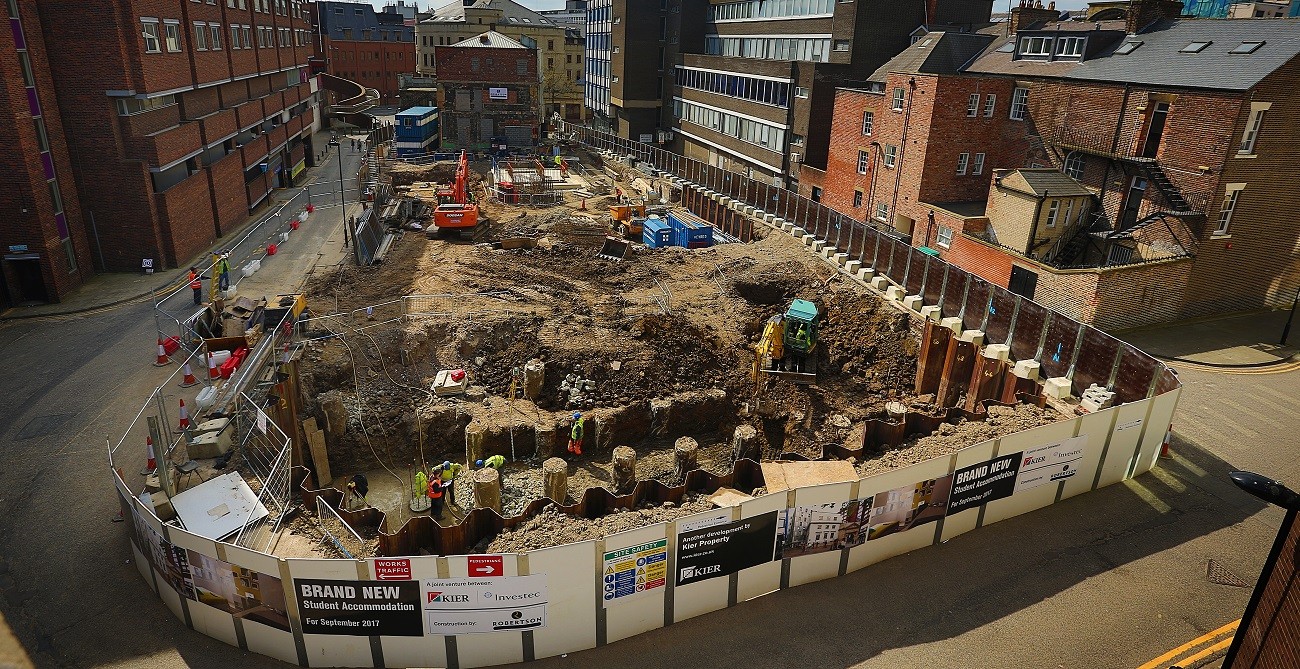
August 8, 2024
10 Preserving Wall Surfaces And Drainage: Solutions For Kelowna's Damp And Sloped Atmospheres
Drain Systems In Preserving Wall Surfaces: Stopping Water Damage Inspect dams are tiny obstacles positioned in water drainage networks or swales to slow down water flow and minimize erosion. Native plants are well-adapted to the regional climate and dirt problems, making them reliable for taking care of water and boosting drainage in your backyard. Rain barrels are containers utilized to accumulate and save rainwater from roof downspouts. This collected water can be used for numerous purposes, minimizing the strain on your water drainage systems during hefty rainfalls. A well-compacted GCS ® wall surface maximizes the confinement of soil particles, boosting the transfer of lots via the system, as opposed to individual bit extension.6 Smart Ways to Prevent a Soggy Yard with Every Rain Shower - Bob Vila
6 Smart Ways to Prevent a Soggy Yard with Every Rain Shower.
Posted: Mon, 16 Nov 2020 08:00:00 GMT [source]

Budgeting For Water Drainage And Wall Building
Cry holes are tiny openings at the base of the wall surface that enable water to run away. These are essential for correct wood retaining wall drainage as they ease hydrostatic stress and avoid water build-up. Proper positioning and spacing of weep holes ensure efficient water flow and enhance the wall's performance. To conclude, building a cinder block keeping wall surface that stands solid against the examinations of time involves an extensive understanding of drainage dynamics. Proper drain is crucial for the longevity and performance of any type of concrete maintaining wall surface.Factors To Consider For Reliable Water Drainage Preparation
Appropriately graded backyards effectively manage rain, lowering the danger of water damage and maintaining a healthy lawn. Absorptive soil allows water to percolate with, while impermeable soil can bring about waterlogging and runoff. They aid handle runoff by permitting water to permeate gradually right into the ground, protecting against flooding and pooling. Reduced areas in your lawn can become troublesome throughout summer season storms, as water has a tendency to accumulate in these locations, resulting in waterlogging and damage. Downspout expansions are basic yet efficient solutions for directing rain far from your home's foundation.- Recognizing these issues early permits you to take restorative activity prior to they create substantial damages.
- Creating a drain system includes choosing in between surface and subsurface water drainage approaches.
- It decreases pressure on the dirt around the structure and within the wall itself, reducing disintegration and settlement.
- The selection of appropriate geotextiles depends upon soil type and water drainage demands.
- Regular surveillance and modifications might be needed to maintain efficient surface area water drainage.
How Drain Lowers Hydrostatic Pressure
Thorough upkeep regimens are crucial for protecting the reinforced wall surface's architectural integrity lasting. Accuracy in reconstruction is critical; matching backfill products and compaction degrees makes certain uniformity and resistance to future contortion. Geotechnical designers have to determine subtle signs like efflorescence or weep hole clogs, which can signify unhealthy water concerns. These walls additionally improve the aesthetic allure of landscapes, producing tiered gardens or degree surface areas for construction. By managing soil motion, maintaining wall surfaces secure frameworks and landscaping attributes from damages. Whether you're developing a new retaining wall surface or have an existing one, it's important to ensure that it has correct drain in place for the best outcomes. Dealing with these possible problems demands carrying out effective drainage strategies for an effective concrete maintaining wall system. Hydrostatic stress brought on by water buildup is an unnecessary pressure that needs to be managed. Water drainage systems utilized behind more info walls frequently consist of gravel or gravel backfill products to take care of water flow while avoiding pressure build-up behind the wall surface. These products help manage dampness without stress build-up occurring behind it. Proper water drainage behind a retaining wall often includes using numerous materials, including smashed stone and crushed rock backfill, for drainage functions. One of the main functions of maintaining walls is to stop disintegration by keeping back soil.What is the very best material to load behind a preserving wall?
Although the visible material that will be the face of the keeping wall surface is what offers the wall surface it''s appeal, the crushed rock base that supports the wall and the porous drain accumulation (gravel) back-fill and drain ceramic tile that share water away from the maintaining wall support the structure.

Social Links